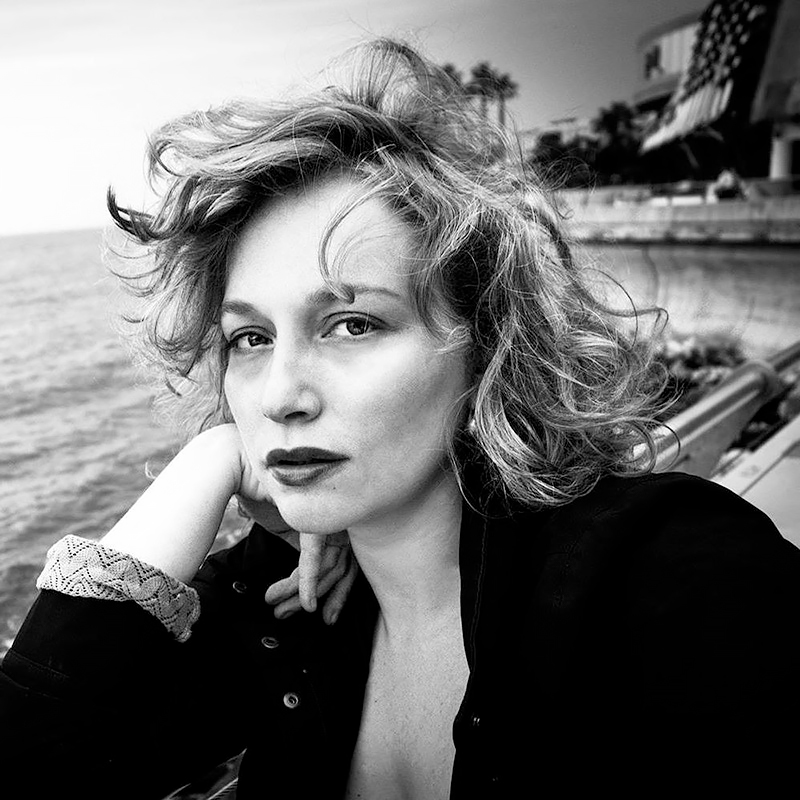Benita Suchodrev was born in the former Soviet Union and immigrated to the United States where she received her Bachelor's degree in Liberal Arts with a focus on Art History from SUNY Purchase, New York, continuing to a Master of Arts in English Literature, graduating with high honors. It was in the university darkroom where Benita developed and produced her first black and white prints.
In 2008 Benita relocated to Berlin where she began an extensive documentation of the cosmopolitan city's multifaceted art scene while working on diverse photographic projects. Later she studied at the Neue Schule für Fotografie in the class of Eva Bertram. Her portrait and documentary work has been exhibited in solo and group shows nationally and internationally and is part of the Rafael Tous Foundation for Contemporary Art in Barcelona, the Michael Horbach Stiftung in Cologne as well as private collections in Moscow, Berlin and New York.
She has published Of Lions and Lambs (2019) and 48 Hours Blackpool (2018) with KEHRER Verlag. Her photographs have appeared in NACHTLEBEN BERLIN 1974 – BIS HEUTE (Metrolit Verlag, 2013), BERLIN NOW (teNeues Verlag, 2009) and have been covered by various media including ARTE, THE GUARDIAN, ZEIT ONLINE, ARD, RBB24 Kulturradio, Frankfurter Allgemeine Zeitung, Berliner Zeitung, STERN.DE, AMICA Italy, ART, MARE Magazine, Neues Deutschland, Die Tageszeitung, Tagesspiegel, MIND China, The Moscow Times, Искусство – The Art Magazine Russia, among others.
Benita currently lives and works in Berlin.
Artist Statement
"I am attracted to the poetic and the bizarre, the bold and the vulnerable. But of all things I am interested in the transitional moment between states, between blinks; that elusive split of a second between what was, what is to come, and the traces it leaves behind. The drama and ambiguity of human expression and gesture during this transitional moment is what fascinates me the most."
Selected Books on

